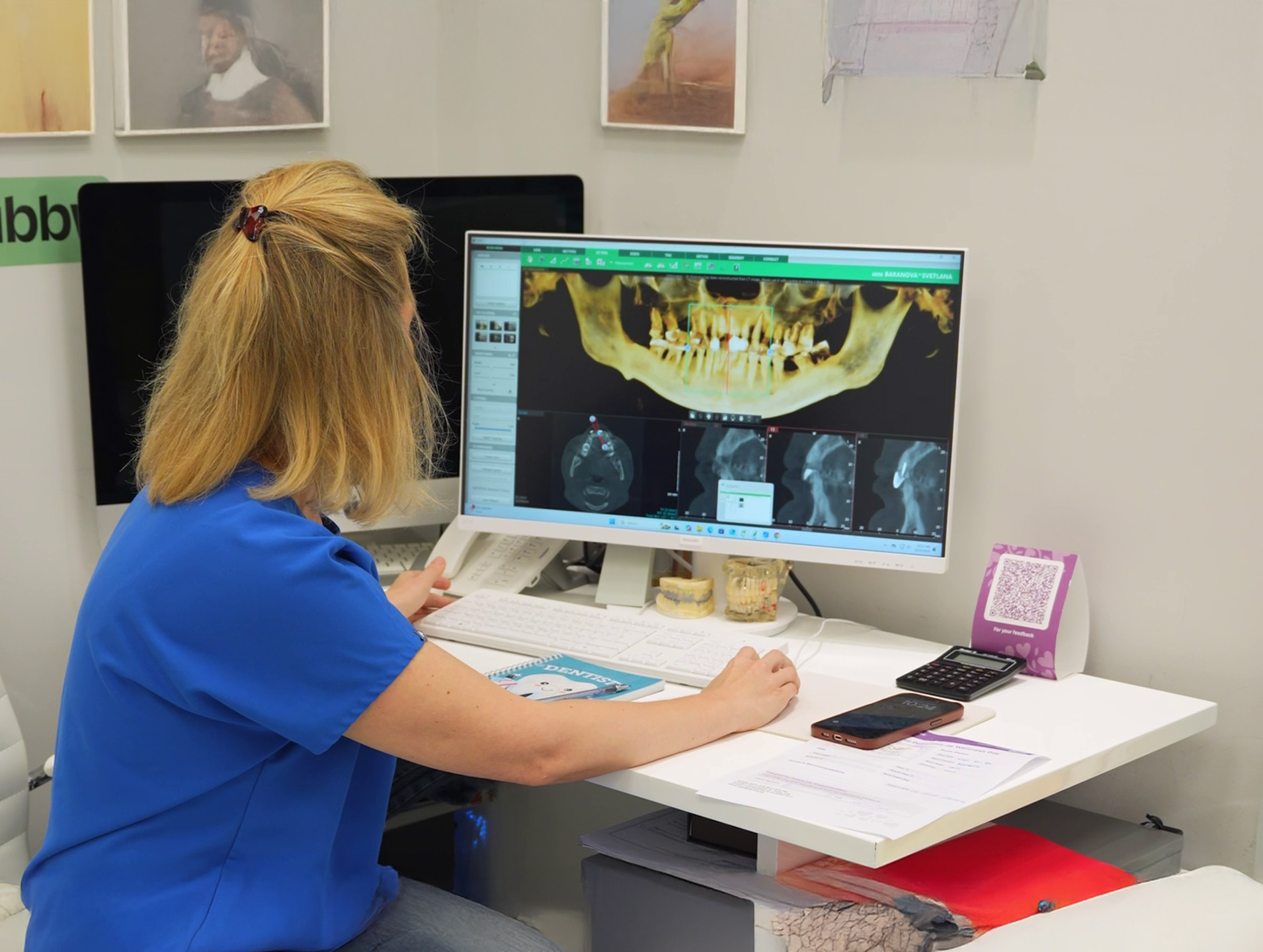Licensed Medical Facility. INNOVATION FAMILY POLYCLINIC L.L.C is a licensed healthcare provider in the Emirate of Dubai under the regulation of the Dubai Health Authority (DHA).
License Number: 2290940 ,
MOH Registration Number: T1T4LGIR-040225v
2025 Polyclinic AE LLC. All rights reserved. Copying, replication, or other use of materials posted on Polyclinic.ae is allowed only with written permission of the Copyright Holder.All prices and services listed on this website are subject to change without prior notice and do not constitute a public offer under UAE law.

